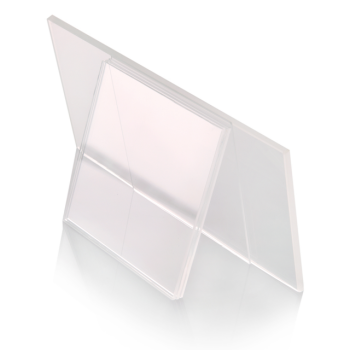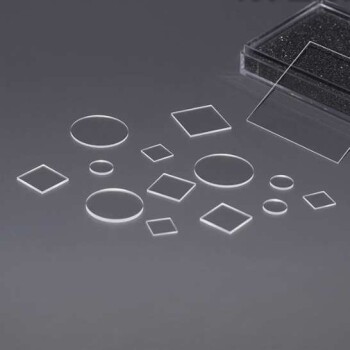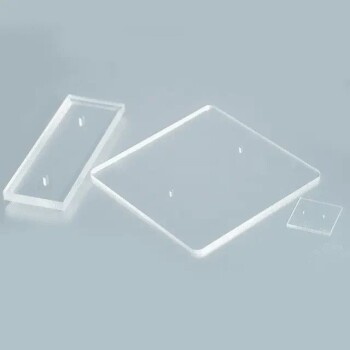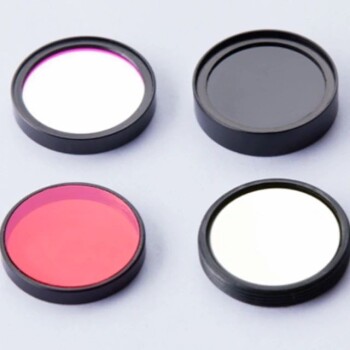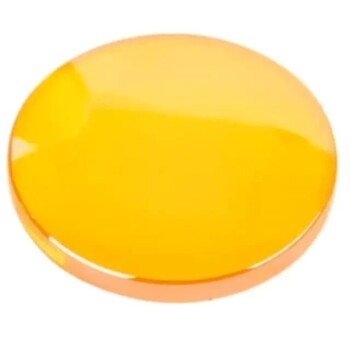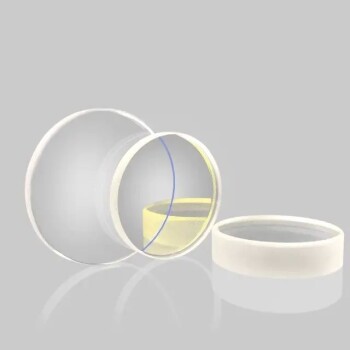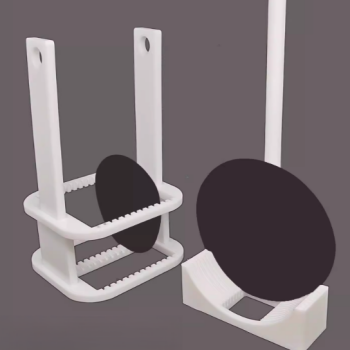Optical windows, optical bandpass filters, glass substrates, and optical quartz plates are essential components in the field of optics and photonics, serving various purposes in light manipulation and control.
Optical windows are transparent components that allow light to pass through while protecting sensitive optical systems from external elements. They are typically made of materials with high optical transparency, such as glasses or crystals. Optical windows are used in applications where it is crucial to maintain the integrity of the optical system, such as in laser systems, cameras, telescopes, and spectrometers.
Optical bandpass filters are devices that transmit a specific range of wavelengths while blocking others. They are designed to selectively filter light within a specific wavelength range, allowing only the desired wavelengths to pass through. Bandpass filters are used in various applications, including spectroscopy, fluorescence microscopy, telecommunications, and sensing. They can be made using different materials and technologies, such as thin-film coatings on glass or interference filters on optical substrates.
Glass substrates are flat surfaces made of glass materials that are used as a base for various optical components and devices. Glass substrates provide a stable and rigid platform for the deposition of thin films or coatings, enabling the creation of optical filters, mirrors, waveguides, or other functional structures. Glass substrates come in different shapes, sizes, and optical properties, depending on the specific application requirements.
Optical quartz plates, often made from high-purity quartz crystals, are transparent plates with excellent optical properties. Quartz plates have a high resistance to thermal and mechanical stress, making them suitable for applications that require high precision and stability. They are used in areas such as optics, lasers, spectroscopy, and semiconductor manufacturing. Quartz plates can be customized with various dimensions, surface finishes, and coatings to meet specific needs.


